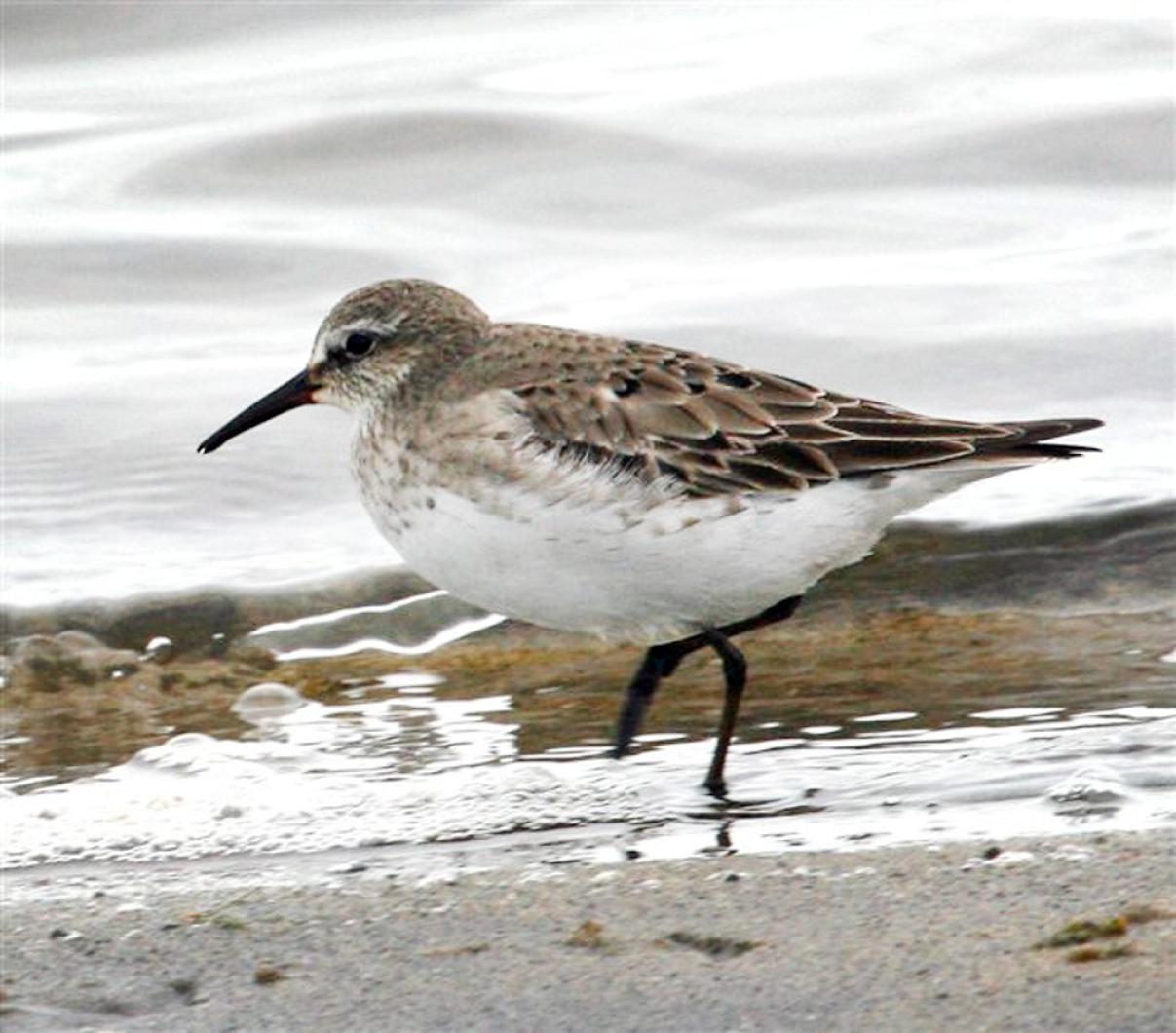The sighting of short-eared owls at both Wasque and Katama in the last two weeks is exciting. This owl used to breed on the Vineyard in the 1980s but verification of its breeding on Island has not been possible since 1986. One wonders why. Is it lack of food, climate change, habitat loss, predation or disease? I don’t have the answer but would wager it is not due to lack of food. Short-eared owls love voles, mice, small birds and rabbits. If mice can find their way into our barns, sheds and houses, there probably is a sufficient supply to feed an owl or two. If the owls can’t find the mice we have plenty of rabbits too!
Diseased short-eared owls would have been discovered and analyzed, and there has been no indication of such an occurrence. Yes, the climate is changing but short-eared owls live in northern Canada and throughout the states from north to south. These owls are also found in South America and on oceanic islands including Hawaii. So temperature change shouldn’t be a problem unless it affects their food, which doesn’t seem to be the case.
That leaves loss of habitat and predation as the causes for the lack of nesting short-eared owls on the Island. Certainly habitat loss would be the case in parts of Katama and fields along the south shore of the Island that have either been turned into house lots or allowed to grow up into shrub.
Watching a short-eared owl hunt is a treat. They are crepuscular, feeding at dawn and dusk. At first glance, and from a distance, you would think you are watching a huge moth. This owl flits along over marshes and field. It flies close to the ground, hovers for a moment and then descends onto its prey. Recent research has shown that short-eared owls can hear as well as see their prey.
Short-eared owls that nested on the Island in the past were primarily at Katama. Their nests were slight depressions in the ground under a shrub or in a clump of tall grass. I have no proof, but since raccoons and skunks arrived on the Island plus the increase of feral cats, we no longer have short-eared owls nesting here.
Nomadic by nature, short-eared owls are known to fly where there is an abundance of food. We hope a pair or two will feast on our rodents this winter and find them so delicious they will stay and nest again. We hope the Nature Conservancy, The Trustees of Reservations and Sheriff’s Meadow Foundation have preserved enough of the plains and south shore meadows and marshes to host the return of the short-eared owls. Now how do we protect their nests from predators?
Bird Sightings
Joe Jims spotted a short-eared owl at Katama hunting the dunes on Nov. 14. It might have been the same bird Simon Athearn spotted at Wasque last week, or may be a second bird.
On Nov. 7 Flip Harrington and I spotted three snow buntings and common goldeneyes at Black Point. The same day Bert Fischer spotted several on Squibnocket Beach and Peter Gilmore had several at the Gay Head Cliffs.
On Nov. 8 Lanny McDowell, Porter Turnbull, Peter Gilmore, Whit Manter, Bob Shriber, Luanne Johnson, Flip Harrington and I spotted two snow buntings, two American wigeons, green-winged teal, two northern harriers, one of which was a male, and a Cooper’s hawk at Black Point. Later Lanny, Porter and Whit had an American coot at Quenames Cove.
On Nov. 10 Lanny McDowell counted 280 red-throated loons off Hancock Beach. The same day Bert Fischer counted 200 tree swallows and a very large swallow that must have been a purple martin. I mentioned that a brown-chested martin had been seen on Cape Cod in October. It might have been that bird; we’ll never know.
Catching up with the Bairds is always fruitful. On Nov. 5 Tim and Sheila had two tufted titmice arrive in their Edgartown yard. Last year they only had one and it stayed only a day. The pair that showed up on Nov. 5 is still there and has been daily. They are there to stay! On Nov. 6 the Bairds counted eight brant flying over Sengekontacket Pond. On Nov. 8 they counted 16 brant off East Chop. The Bairds counted 20 snow buntings on the right fork of Katama Road on Nov. 13 and on Nov. 18 their first dark-eyed junco of the year arrived in their yard.
Bert Fischer spotted 50 snow buntings and an Eastern meadow lark at Squibnocket on Nov. 12. He had a Wilson’s snipe at Zach’s Cliffs on Nov. 15 and 16. He counted a dozen Northern gannets off the Gay Head Cliffs.
Lanny McDowell spotted nine late-staying white-rumped sandpipers, a few dunlins a sanderling and five snow buntings and an Ipswich sparrow at Hancock Beach on Nov. 15.
Gus Ben David called to say that the swan that was reported last week from Sunset Lake was indeed a mute swan. Gus captured it and discovered it had an injured bill and as a result could not eat. He tried to get nutrients into the bird, but it died of starvation.
Tom Rivers had a thrush at the end of his Tea Lane driveway which was either a gray-cheeked or Bicknell’s. It is doubtful that it was a Bicknell’s, but we will never know.
Please report your bird sightings to the Martha’s Vineyard Bird Hotline at 508-627-4922 or e-mail to birds@mvgazette.com.




Comments
Comment policy »